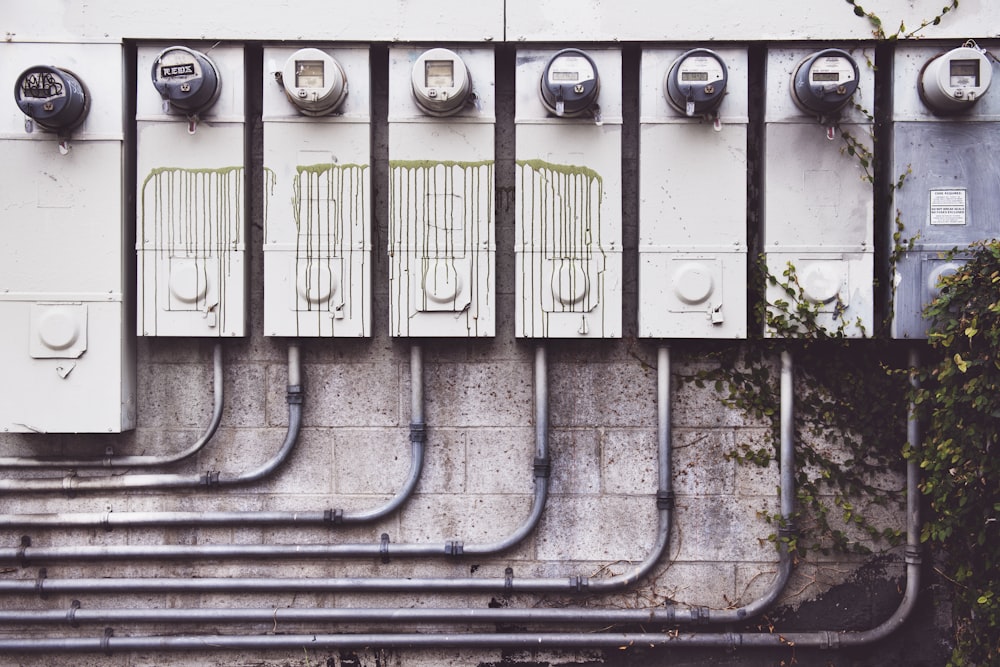Mastering the Art of Thawing: Unfreezing Pipes Demystified
Winter’s icy grip can wreak havoc on your plumbing, causing pipes to freeze and disrupt the flow of water. Fear not! Let’s delve into the world of unfreezing pipes, mastering the art of thawing with expert techniques that will have your water flowing freely in no time.
Understanding the Freeze: The Culprits Behind Frozen Pipes
Before we jump into the thawing strategies, it’s crucial to understand why pipes freeze in the first place. When temperatures plummet, water inside pipes can freeze, leading to expansion and potential blockages. This can happen in exposed pipes, uninsulated areas, or even in exterior walls. Identifying these vulnerable spots is the first step in preventing and tackling frozen pipes.
Gentle Heat: The Key to Thawing Success
When faced with frozen pipes, the mantra is gentle heat. Avoid using open flames or excessive heat sources, as they can damage pipes and pose safety risks. Instead, opt for methods like electric heating pads, hairdryers, or space heaters. Apply the heat evenly along the frozen section, starting from the faucet and working backward. Patience is your ally; rushing the process may lead to further complications.
Warm Towels and Wraps: Cozy Solutions for Frozen Pipes
For a softer approach, consider wrapping the frozen pipes with warm towels or using heat-resistant wraps. Soak the towels in hot water and drape them over the affected pipe sections. This method combines insulation with gentle heat, promoting a gradual thaw. It’s a cozy solution that treats your pipes with the warmth they need.
Open Sesame: Faucet Trickery to Aid Thawing
Turning on the affected faucet while applying heat serves a dual purpose. First, it relieves pressure in the pipes, reducing the risk of a burst. Second, the flowing water helps accelerate the thawing process. Opt for both hot and cold water settings; the moving water encourages the melting of ice within the pipes. Keep the faucet open until water flows freely, signaling a successful thaw.
Pipe Insulation: Shielding Against Future Freezes
Prevention is the best cure, and insulating pipes is a proactive measure to fend off future freezes. Insulation sleeves, foam tubes, or heat tape can be wrapped around pipes in vulnerable areas, providing a protective barrier against the cold. This simple yet effective step can save you from the headaches of frozen pipes during the chilly months.
Natural Remedies: Nature’s Hand in Unfreezing Pipes
Harnessing the power of nature can also aid in thawing pipes. Sunlight, even on a cold day, can contribute to warming exterior pipes. Expose the affected pipes to sunlight by opening cabinet doors or removing any coverings. Additionally, using a heat pack or hot water bottle strategically placed near the frozen area can introduce a touch of nature’s warmth.
Seeking Professional Assistance: When to Call in the Experts
While DIY thawing methods work in many cases, there are situations where professional intervention is warranted. If you’re unsure, if the frozen pipes are inaccessible, or if multiple pipes are affected, it’s time to call in the experts. Professional plumbers have the tools and expertise to assess the situation and thaw pipes safely, preventing further damage.
The Aftermath: Checking for Damage and Preventive Measures
Once the pipes are thawed, it’s essential to inspect for any damage. Look for cracks, leaks, or signs of weakness. If damage is detected, consult a plumber for repairs. To prevent future freezes, insulate vulnerable pipes, seal gaps in walls and floors, and maintain a consistent indoor temperature, especially during extreme cold spells.
Embark on the journey of mastering the art of thawing with expert techniques for unfreezing pipes. Explore these strategies and more at patricketsesfantomes.com to ensure a hassle-free winter with smoothly flowing pipes. Winter may bring its freeze, but with the right know-how, you can thaw with confidence.

